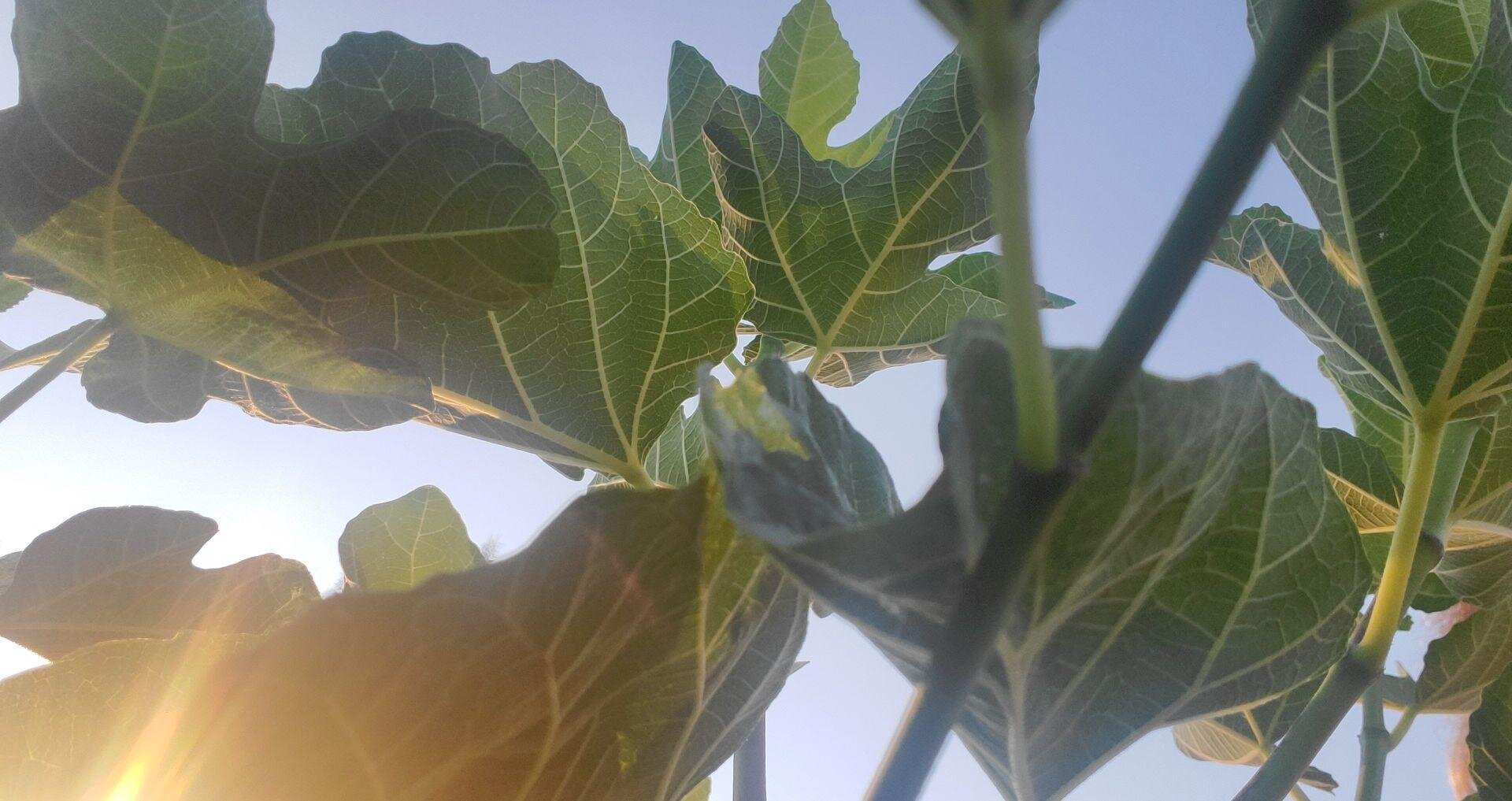
Pacific Northwest - Zone 8B
Pomegranates, figs, Chilean berries, and more.
Scroll ↓
Butia odorata, also known as the Pindo Palm or the Jelly Palm. From Wanderlust Nursery.
Pomegranates, figs, Chilean berries, and more - my Seattle garden is a test bed for low-maintenance, edible fruit. I love to grow things that push the limits of possibility with limited human intervention. Despite the northern location, Seattle has a mild climate, and the biggest challenge with some fruits is simply getting the to requisite heat units to ripen.
A very cold-hardy Opuntia from Utah in the ground.
Opuntia fragilis x erinacea 'San Juan Grey' from Cistus.
Pomegranate
An early fruiting variety from Turkmenistan. Many cultivars from Dr Gregory Levin’s legendary research station have made their way around the world. The fruit struggles to ripen in Seattle, but it is still worth growing for ornamental value.
My garden contains over 40 varieties of fig. Growing figs in the Pacific Northwest is easy, though you can greatly improve your yields by cultivar selection, soil amending, and choosing the location with the most sun. I emphasize cultivar selection because many varieties will never ripen fully if you go for an in-ground tree. We have many local experts who have weighed in over many forum posts and YouTube videos over specific selections that do well in the Pacific Northwest.

